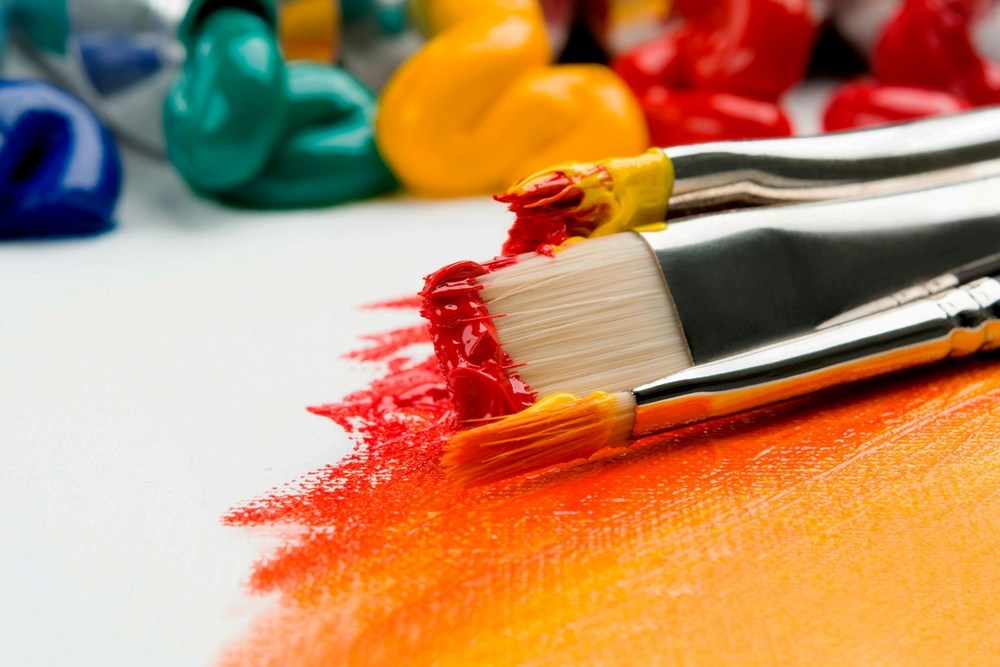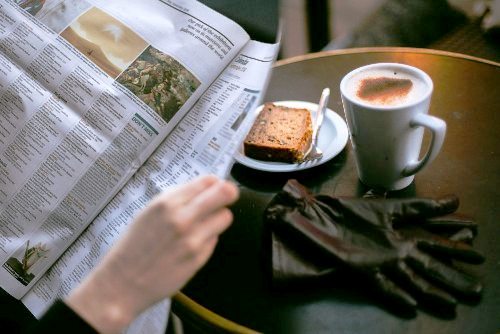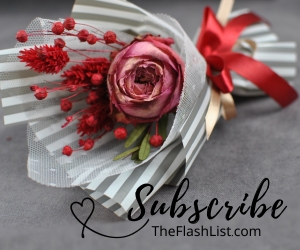
Creative expression has been an intrinsic part of human life for centuries, providing a powerful outlet for emotions, thoughts, and experiences. Making art is not merely about producing a final product; it is an immersive process that fosters personal growth, cognitive engagement, and emotional resilience. Whether painting, sculpting, drawing, or engaging in other artistic forms, the act of creating offers profound advantages that extend beyond the canvas. From enhancing problem-solving skills to strengthening emotional well-being, the benefits of making art are both diverse and deeply personal. Exploring these advantages reveals how artistic expression can enrich daily life, cultivate self-awareness, and provide a fulfilling sense of accomplishment.
Cognitive Function and Problem-Solving Skills
Engaging in artistic activities stimulates the brain, encouraging new neural connections and enhancing cognitive flexibility. The process of conceptualizing and executing an artwork requires critical thinking, spatial awareness, and problem-solving skills. Artists continuously assess their work, make adjustments, and experiment with different techniques, which reinforces adaptive thinking. These cognitive benefits extend to other areas of life, allowing individuals to approach challenges with greater creativity and resourcefulness. Furthermore, the act of making art enhances memory and attention span by requiring sustained focus and mental engagement. Whether sketching an intricate design or blending colors in a painting, the brain remains active, refining its ability to process complex information and visualize abstract concepts.
Emotional Expression and Stress Relief
Art serves as a powerful medium for expressing emotions that may be difficult to articulate through words. The creative process allows individuals to externalize their thoughts and feelings, offering a constructive way to navigate stress, anxiety, and emotional turmoil. Colors, textures, and forms become conduits for self-expression, enabling artists to channel their innermost emotions into tangible works. Studies have shown that engaging in artistic activities reduces cortisol levels, the hormone associated with stress, leading to a greater sense of calm and relaxation. Whether through freeform painting or structured design, the rhythmic motion of creation fosters a meditative state, helping individuals process emotions and find solace in their work.
Self-Identity and Confidence
Creating art fosters a deeper connection with personal identity, allowing individuals to explore their thoughts, beliefs, and aspirations. The act of producing something unique reinforces self-worth and a sense of individuality. As artistic skills develop over time, confidence grows, encouraging a greater willingness to experiment and take creative risks. This self-assurance extends beyond artistic endeavors, influencing other aspects of life, including professional and social interactions. Seeing one's vision come to life on a canvas or in a sculpture validates personal effort and dedication, reinforcing the idea that growth and improvement stem from persistence and exploration.
Patience and Attention to Detail
Artistic creation often requires a meticulous approach, demanding patience and an acute awareness of details. From mastering brush strokes to refining the fine lines of a sketch, artists cultivate an appreciation for precision and perseverance. This process fosters resilience, teaching individuals to embrace challenges and persist despite setbacks. Learning to refine techniques and correct mistakes without frustration translates into a more patient and composed mindset in everyday life. The dedication required to complete an artwork reinforces discipline, demonstrating that worthwhile results stem from sustained effort and careful attention.
Sense of Accomplishment
Completing an artistic project delivers a profound sense of fulfillment, reinforcing personal achievement and the value of effort. Unlike many tasks that offer only fleeting gratification, the process of making art involves dedication, trial and error, and an eventual tangible result. The satisfaction derived from creating something original nurtures a positive self-image and a sense of purpose. Whether a piece turns out as expected or evolves into something entirely different, the journey of artistic creation is inherently rewarding. This experience cultivates an appreciation for perseverance, encouraging individuals to embrace challenges and recognize their own capabilities.
Observation and Perception
Art sharpens the ability to observe and interpret the world with greater depth. Paying close attention to light, shadow, composition, and texture enhances visual acuity and refines perception. The process of creating requires a heightened awareness of details that may otherwise go unnoticed. This increased attentiveness extends to everyday experiences, allowing individuals to see beauty in the ordinary and appreciate nuances in their surroundings. Whether sketching a landscape or capturing the intricacies of a subject's expression, artists develop a keen eye for detail, enriching their perspective on life.
Exploration and Experimentation
Art provides an open-ended platform for discovery, encouraging individuals to push boundaries and explore new techniques. Unlike structured disciplines that follow rigid guidelines, artistic expression thrives on experimentation. Whether mixing colors in unconventional ways or integrating unexpected materials, the freedom to innovate fosters a spirit of curiosity. This willingness to explore creative possibilities translates into a broader mindset that embraces learning and adaptability. Artistic exploration fosters an appreciation for diversity, enabling individuals to embrace multiple perspectives and approaches.
Connection and Communication
Art transcends language barriers, providing a universal means of communication that connects individuals across cultures and backgrounds. Through visual storytelling, symbolism, and abstraction, artists convey emotions, ideas, and narratives in ways that resonate on a deeply human level. Sharing artwork with others fosters meaningful connections, sparking dialogue and mutual understanding. Whether displayed in galleries, shared online, or exchanged between friends, artistic creations inspire conversations that bridge differences and foster empathy. This ability to communicate through creative expression enriches social interactions and broadens perspectives.
Lifelong Source of Fulfillment
The pursuit of artistic expression is not limited to any specific age or stage of life; it remains a lifelong source of personal fulfillment and joy. Unlike many activities that may lose their appeal over time, the creative process continues to evolve, offering new challenges and rewards. Making art allows individuals to engage in self-reflection, explore new techniques, and continually expand their artistic repertoire. The ability to create without constraints fosters a sense of freedom, ensuring that artistic pursuits remain an enduring source of personal enrichment.
Artistic expression offers far more than the creation of visual works; it serves as a dynamic force that nurtures cognitive growth, emotional resilience, and personal fulfillment. The process of making art enhances problem-solving skills, strengthens self-identity, and fosters patience, all while providing an avenue for exploration and communication. Whether approached as a professional endeavor or a personal hobby, artistic creation enriches life by offering a profound sense of achievement and connection. Engaging with art is not merely about the finished product, but about the transformative journey it provides, shaping perspectives and deepening the appreciation for both creativity and self-expression.
EDITORIAL POLICY
The Flash List is dedicated to providing trustworthy editorial content by maintaining strict ethical standards, journalistic integrity, and credible professionalism regardless of any remuneration as working media. The Flash List is not affiliated with third-party companies mentioned and makes no endorsement or guarantee expressed or implied. The preceding article, which contains affiliated link(s) for which compensation was received, is intended for informational reference only and does not constitute advice of any kind. Moreover, a qualified professional should be consulted regarding any lifestyle consideration, medical treatment, or monetary transaction, etc. Content is published in accordance with USFTC regulations and terms and conditions.
MORE ON THE FLASH LIST
































